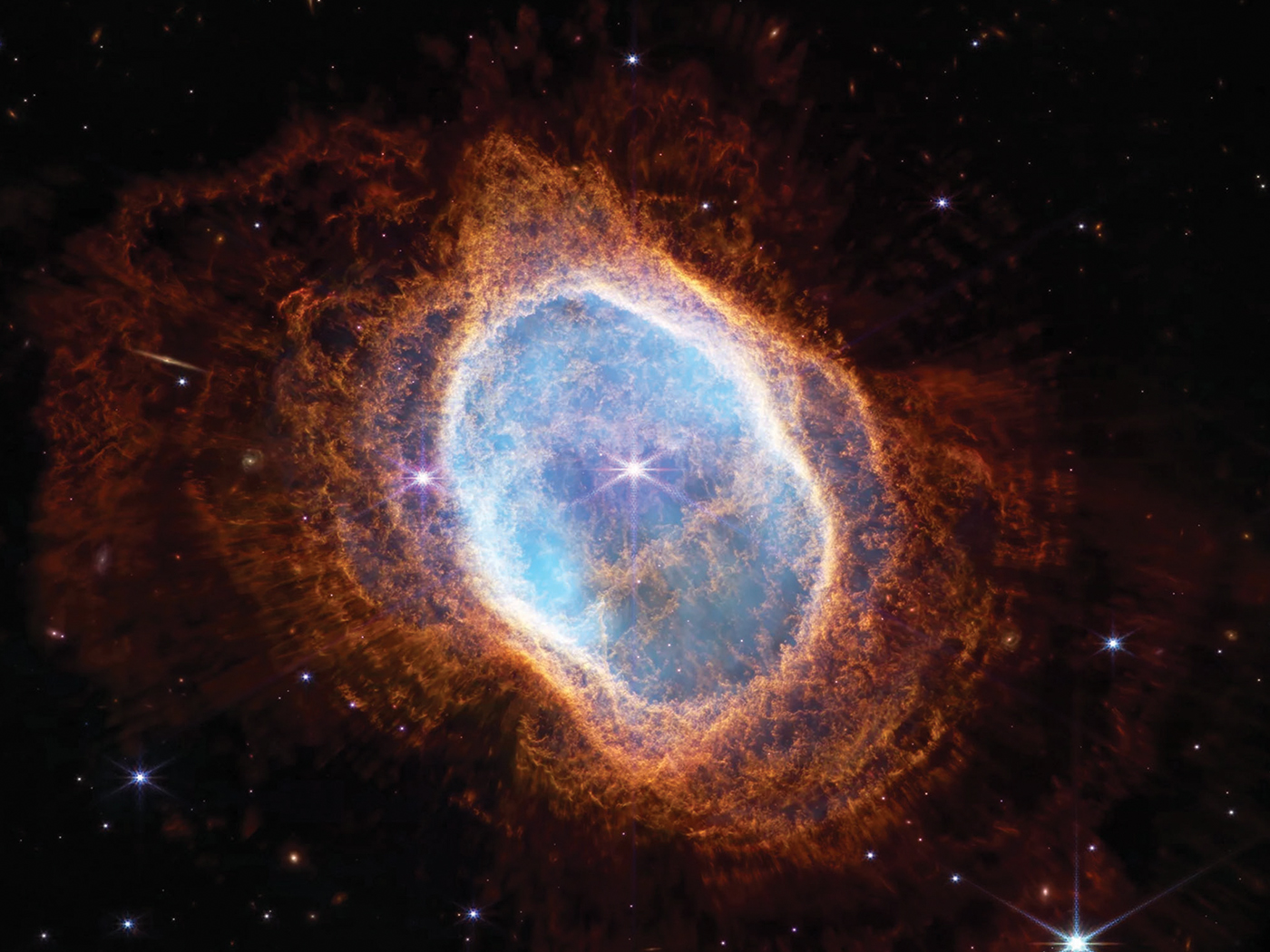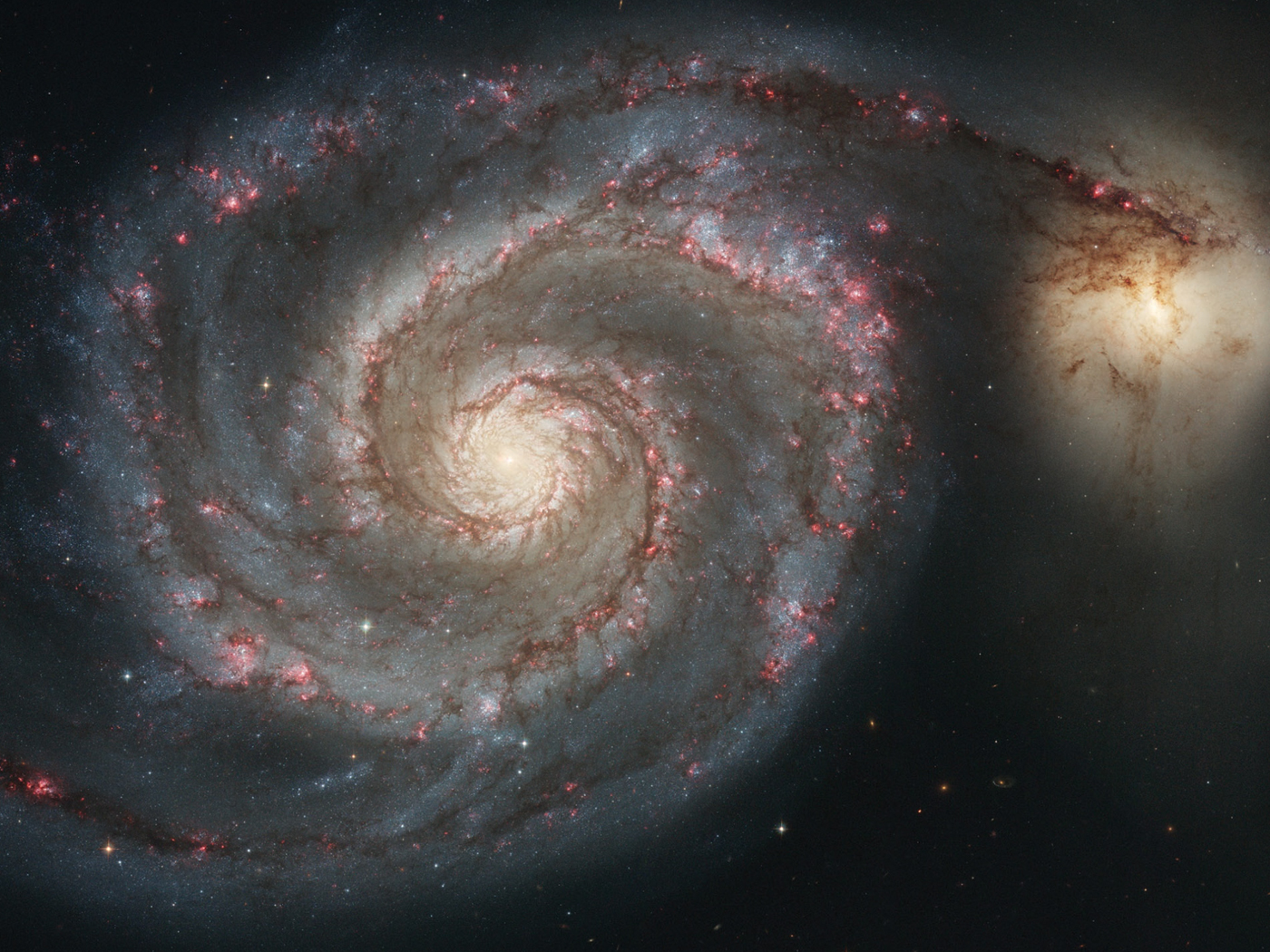Since light travels at a known rate, how could incredibly far-away starlight have reached Earth in just one day—specifically, Day 4 of the creation week?1 Genesis scoffers, including many Christians, stand ready to assert that Big Bang beliefs explain starlight better than Genesis does because they allow the supposedly necessary time for light to travel from the most distant stars and galaxies all the way to Earth. But a closer look at other information reveals a fatal flaw in that scenario.
Since the most distant galaxies are so far away, secular astronomers, who assume that light travels at the same speed in all directions (see below), argue that the cosmos must be billions of years old in order for the most distant light to reach us.2 However, a stunning characteristic of something called cosmic microwave background radiation (CMB) throws a wrench into that idea by introducing the horizon problem. To understand why it’s a problem, we first need to know a little about the CMB.
CMB radiation is a faint glow found throughout black space, even where no stars shine. It is invisible to human eyes, but specialized radio telescopes can detect the radiation. Amazingly, the CMB looks the same throughout space—exactly what a Big Bang explosion would not have produced.
In Big Bang scenarios, space and energy mysteriously came into existence and began expanding like an inflating balloon. Some regions of the early universe were allegedly much hotter than others. The hot spots would emit light, thus carrying some of their heat to the cold spots. How long would it take the hot spots and cold spots to reach the same temperature, forming the same-looking CMB we see today? Hot and cold spots that lie on opposite sides of the visible universe are simply too far apart to have reached this same temperature even after 13.8 billion years. This is the horizon problem.
Thus, Big Bang supporters need light to travel from the hot spots to the cold spots in much less time than their own model allows. This is a light-travel time problem—in essence, the same problem as the distant starlight problem allegedly plaguing biblical models. So, light-travel time cannot be used to argue against one view of origins if the alternative view faces the same type of issue.
Creation scientists continue to investigate the intriguing question of how distant starlight can travel to Earth within the biblical timescale. Before scoffers accuse creation researchers of forcing data into a biblical history, they should understand that Big Bang scientists do just that—they look for ways to accommodate the CMB and a host of other observations into their billion-year history.3
Some Genesis-respecting solutions invoke stretching the fabric of space or even time-stretching by high gravity.4 Another solution involves Einstein’s principle that the speed of light in one direction is a human convention, like inches versus centimeters. If we use a convention that defines outbound light as traveling at half the measured two-way speed, then light could conceivably travel from distant stars to Earth in an instant.5
We know that light-travel time challenges Big Bang models that stumble over the horizon problem, but it’s far less an issue for biblical creation. So while we wait for more observations and better answers, why not trust that God did just what He said about stars: They were created on Day 4 to be “lights in the firmament of the heavens to give light on the earth.”6
References
- Genesis 1:15 (“and it was so”) suggests that starlight was already accomplishing its intended purpose by the end of the day.
- Specifically, they hold to the commonly used Einstein synchrony convention in which light’s one-way speed is defined to match its two-way speed. See reference 5.
- They work on the horizon problem described here, as well as the entropy, lumpiness, ignition, lithium, smallness, coincidence, flatness, mature distant galaxy, dark matter, missing antimatter, young spiral galaxy, asymmetry, and star formation problems. Learn about Big Bang’s flaws at icr.org.
- For example, see Vardiman, L. and D. R. Humphreys. 2010. A New Creationist Cosmology: In No Time at All Part 1. Acts & Facts. 39 (11): 12-15.
- Lisle, J. Distant Starlight: The Anisotropic Synchrony Convention. Answers Magazine. Posted on answersingenesis.org May 25, 2011, accessed March 12, 2015.
- Genesis 1:15.
* Mr. Thomas is Science Writer at the Institute for Creation Research.






















